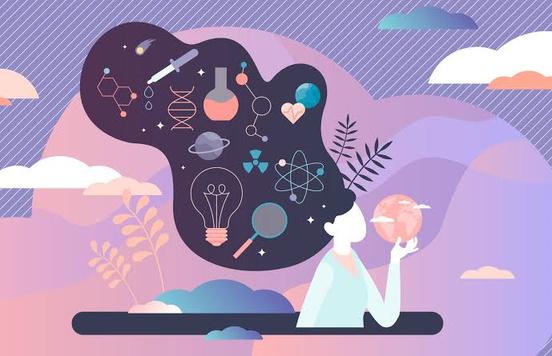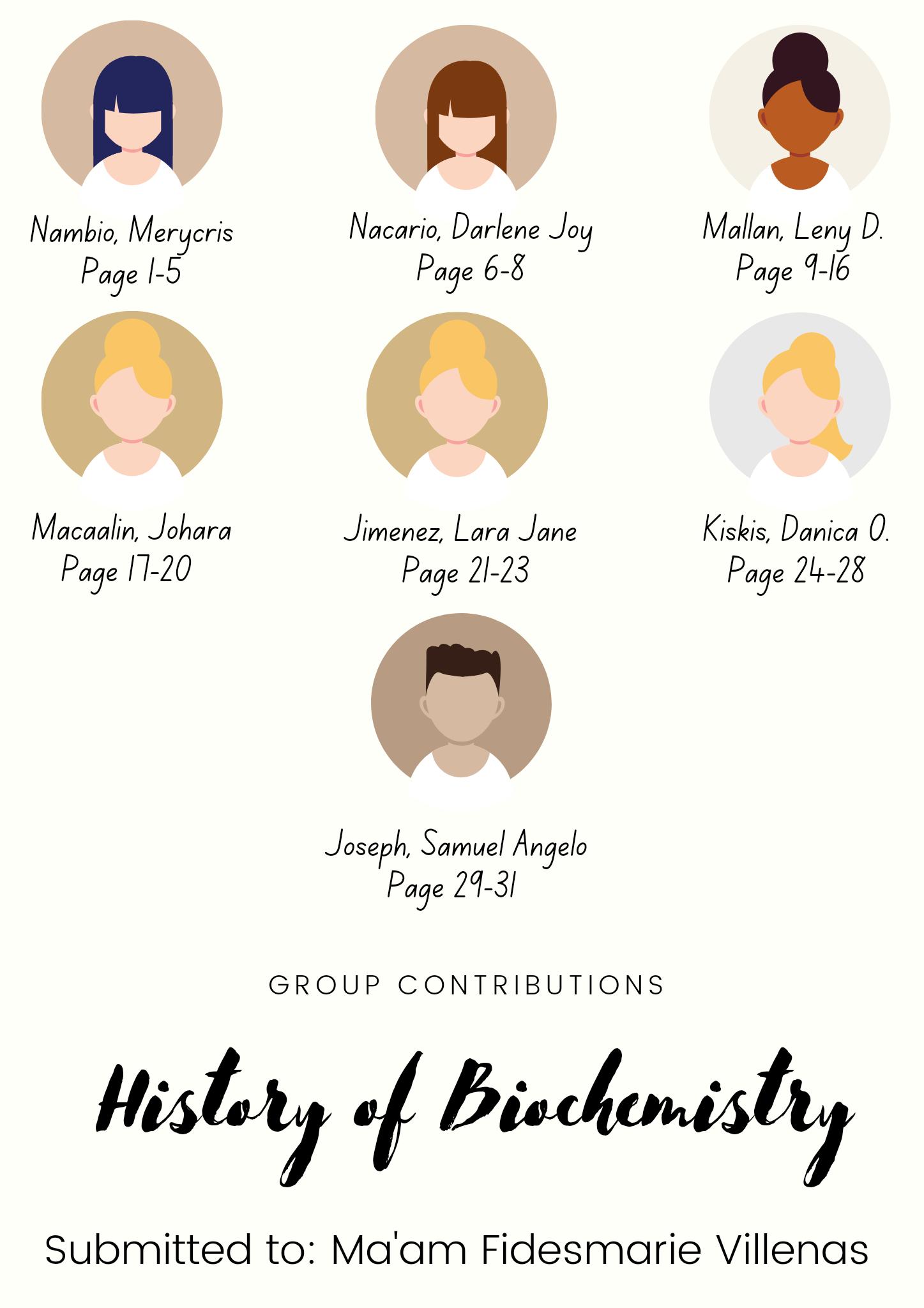HISTORY OF BIOCHEMISTRY
BIOCHEMISTRY IS A YOUNG SCIENCE HOWEVER, IT CAN BE TRACED MUCH FURTHER BACK; ITS EARLY HISTORY IS PART OF THE EARLY HISTORY OF BOTH PHYSIOLOGY AND CHEMISTRY.
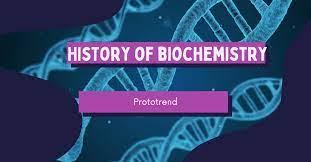
THE PARTICULARLY SIGNIFICANT PAST EVENTS IN BIOCHEMISTRY HAVE BEEN CONCERNED WITH PLACING BIOLOGICAL PHENOMENA ON FIRM CHEMICAL FOUNDATIONS.
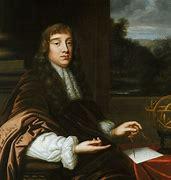
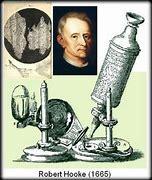
ROBERT HOOKE AND ANTON VAN LEEUWENHOEK OBSERVED THE CELLS In1665and1674, WHILELOOKINGATCORK,HOOKE OBSERVEBOXSHAPESRUCTURESWHICH HECALLED"CELL"ASTHEYREMINDED HIMOFTHEROOMOFMONKSIN MONASTERIES. THE INVENTION OF THE MICROSCOPE LED TO THE DISCOVERY OF THE CELL.
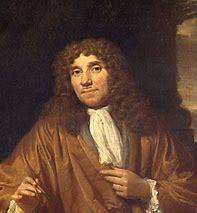
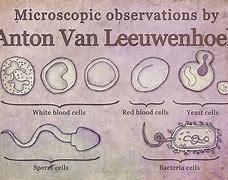
ANTON VAN LEEUWENHOEK hisobservationsof“live”cellsusingpondwater, sourmilkandsemenashisspecimens.He namedthemovingorganismsunderthe microscopeas“animalcules” The drawing of these pond animalcules led to confusion and ridiculous claim that a human sperm cell has many tiny human beingsinside. FATHER OF MICROBIOLOGY
Antoine Lavoisier

HE WAS ALSO THE FIRST ONE TO EXPLORE ON THE CELL RESPIRATION IN ANIMALS. BASED ON THESE EXPERIMENTS AND SOME MORE OTHER STUDIES

HE WAS THE FIRST ONE TO PROPOSE MECHANISM FOR PHOTOSYNTHESIS WHICH I IS THE PROCESS WHEREIN PLANTS TAKE IN CARBON DIOXIDEAND RELEASE OXYGEN.
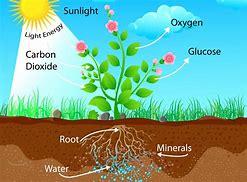
THIS PERIOD MARKED THE ONSET OF PHYSIOLOGICAL CHEMISTRY, A BRANCH OF CHEMISTRY THAT IS FOCUSED MORE WITH EXTRA CELLULAR CHEMISTRY, LIKE THE PROCESSES THAT IS HAPPENING DURING DIGESTION AND MOVEMENT AND FUNCTIONS OF THE BODY FLUIDS.
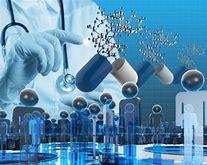
1 8 T H C E N T U R Y
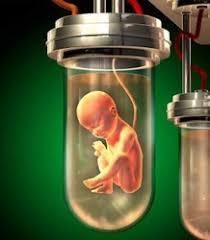
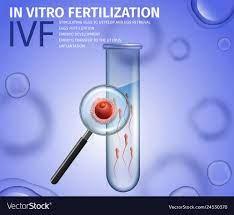
In Vitro In Vitro Invitro Fertilization(IVF) literallymeans fertiloizationin glassalsoknown astesttubebabies IN VITRO SYNTHESIS OF UREA BY WOHLER SERVED AS THE STARTING POINT OF BIOCHEMISTRY In vitro is a process donein test tube, culture dish or any glasswareoutside aliving organism.
DURINGTHE19th CENTURY
In the early 19th century, we were introduced into a common belieft of Vitalism, that is the world is made of either " living matter" or non-living matter.
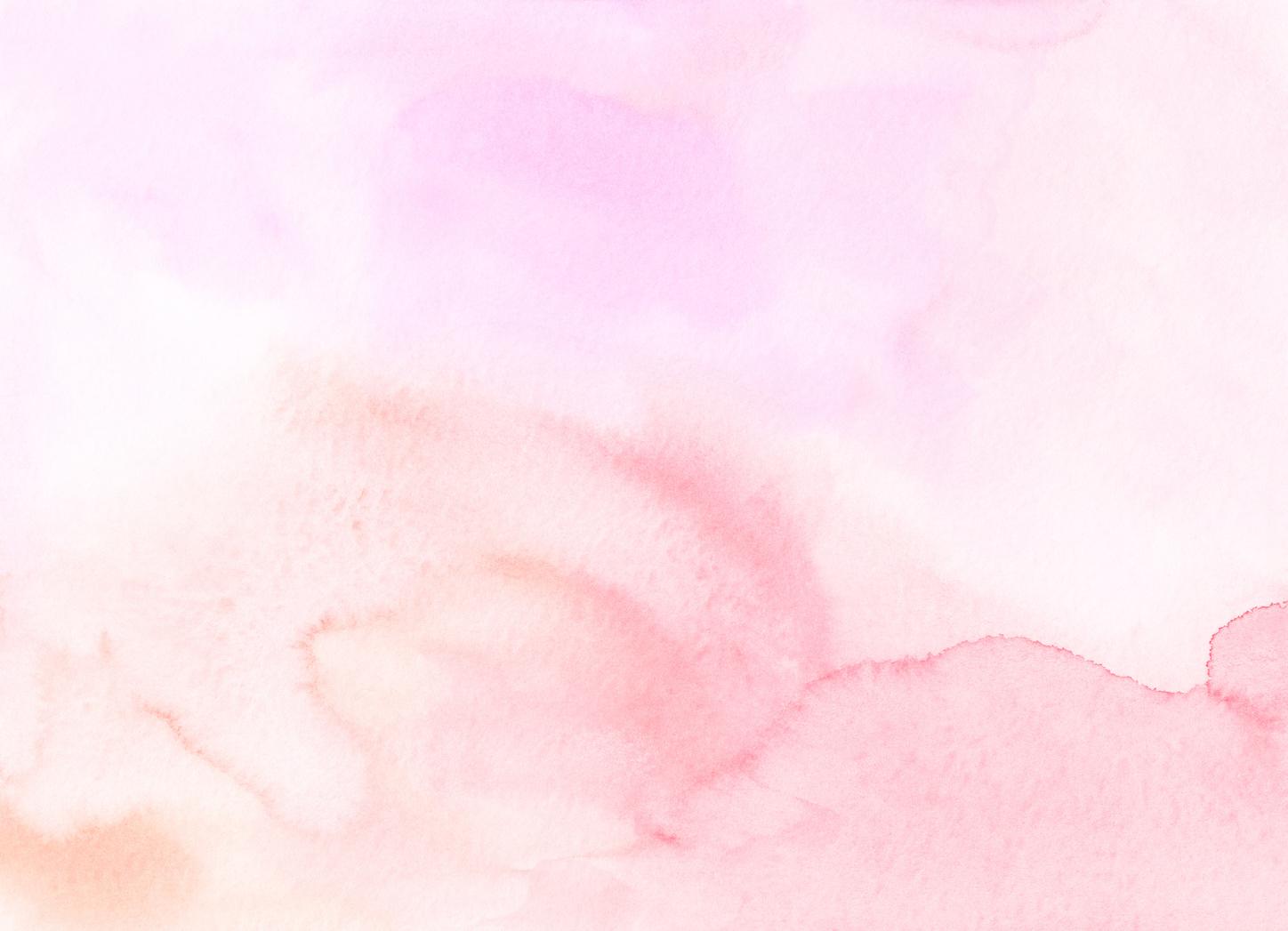
VitalismTheory

•It is a theory that an organic molecules cannot be produced from inorganic molecules, but instead can only be produced from living organism or some part of living organism.
•Vitalists claimed that it was the existence of a " vital force" ( life force ot spirit) that distinguished the living organic world from the non- living inorganic world
Vitalism suggested that an organic molecule such a Urea cannot be synthesized solely from inorganic sources. It was believed that synthesis of urea required aliving organism, such a kidney.
UREA
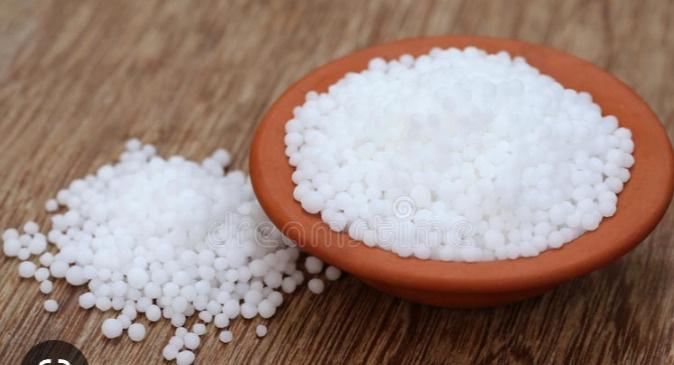
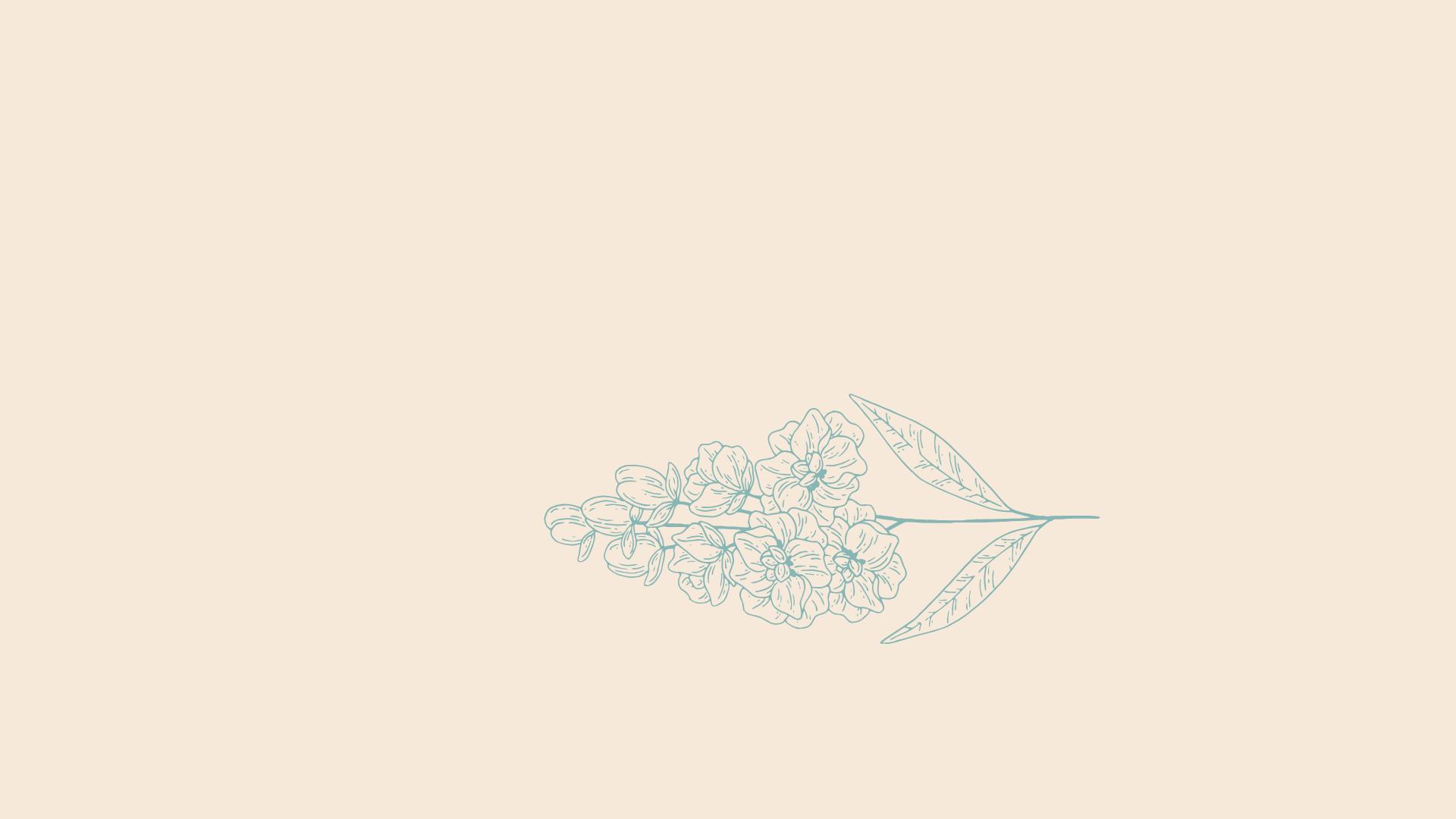
Friedrich Wohler
The theory was disapproved by Friedrich Wohler. He showed that heating Silver Cyanate( an inorganic compound) with Ammounium Chloride( another inorganic compound) produced urea, without the aid of living organism or part of living organism
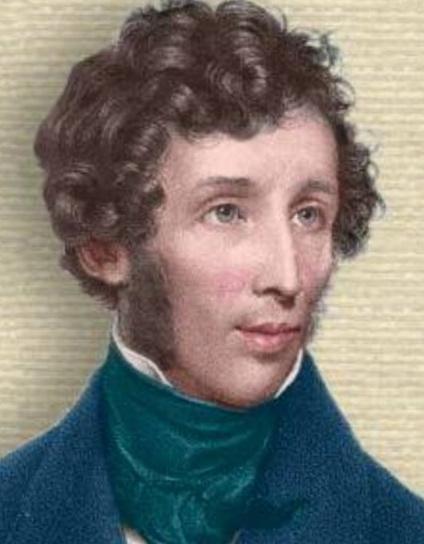
Urea Synthesis
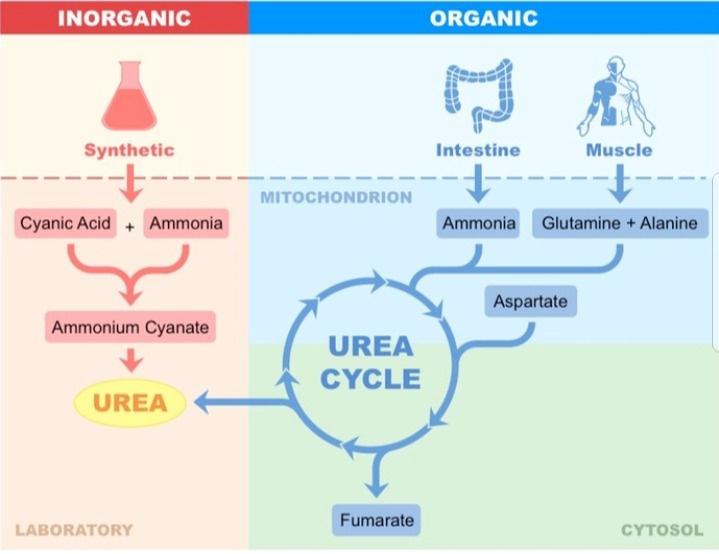
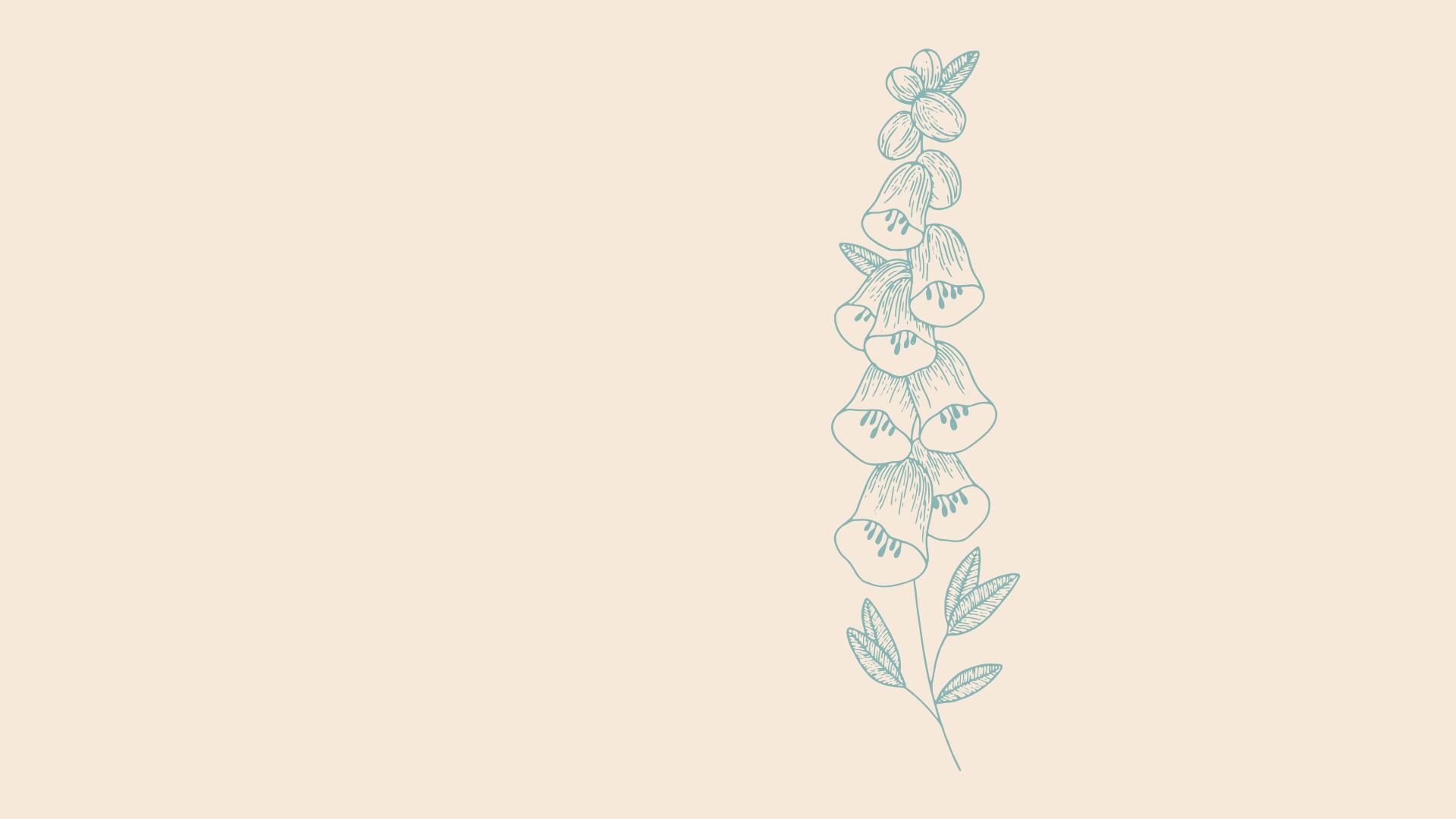
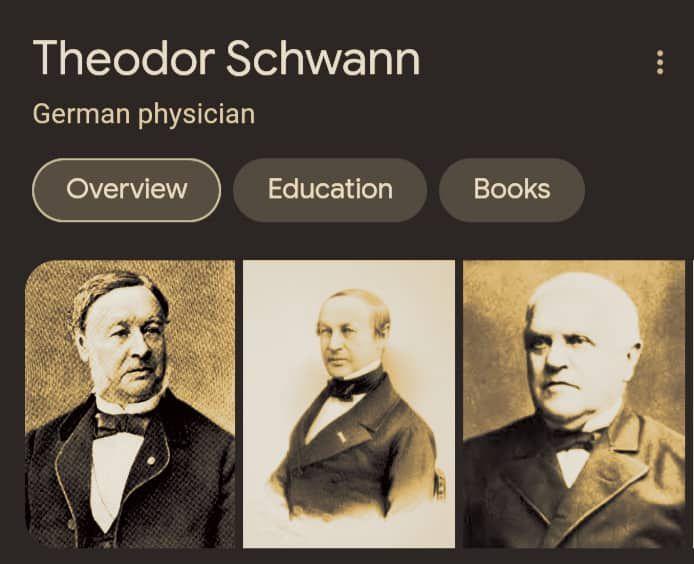
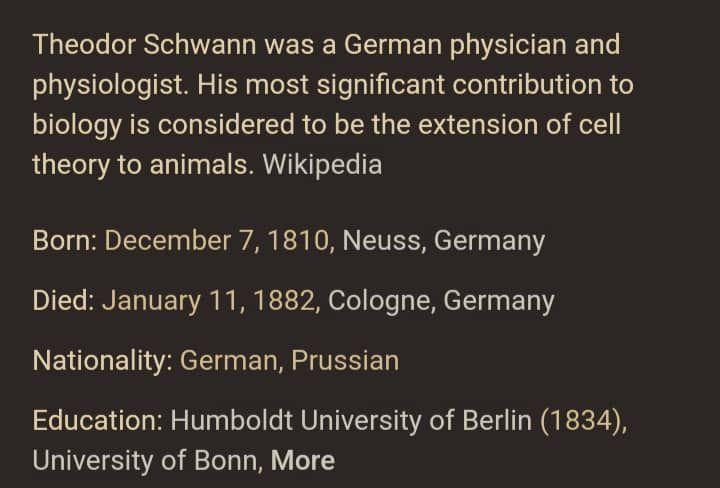
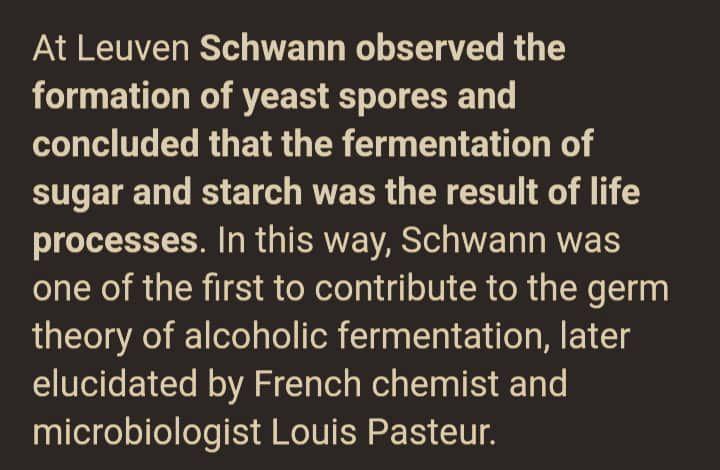
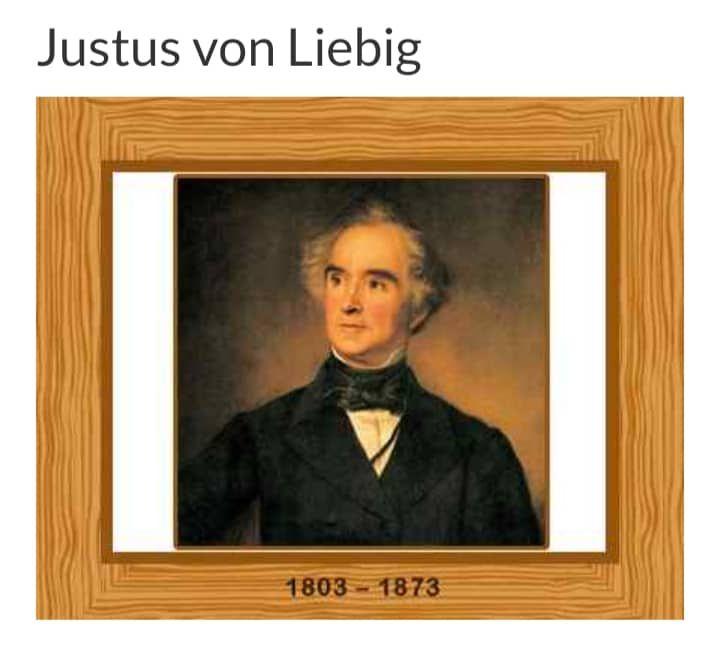
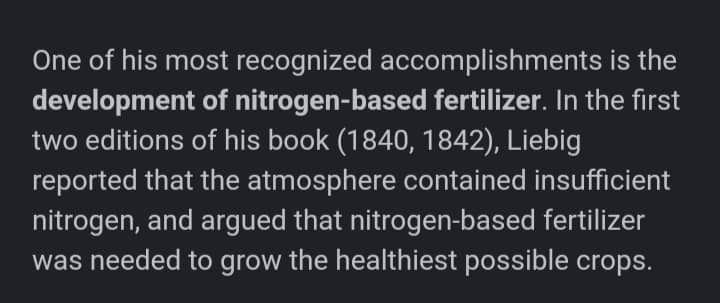
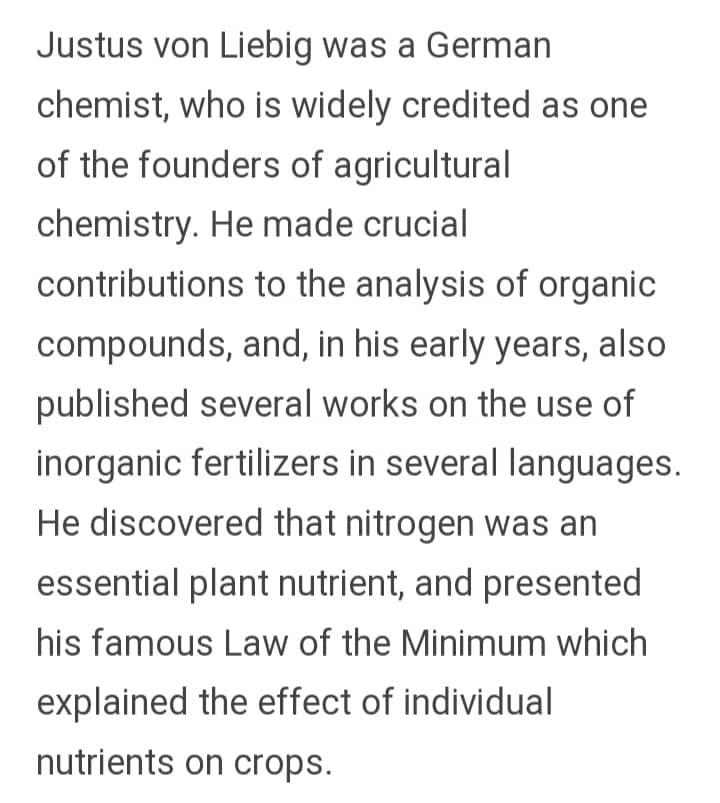
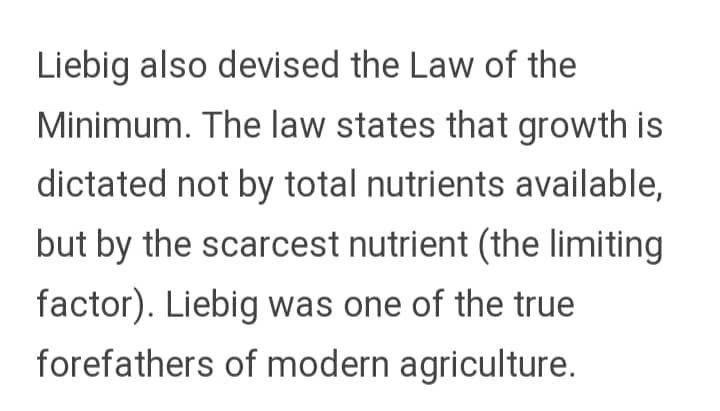
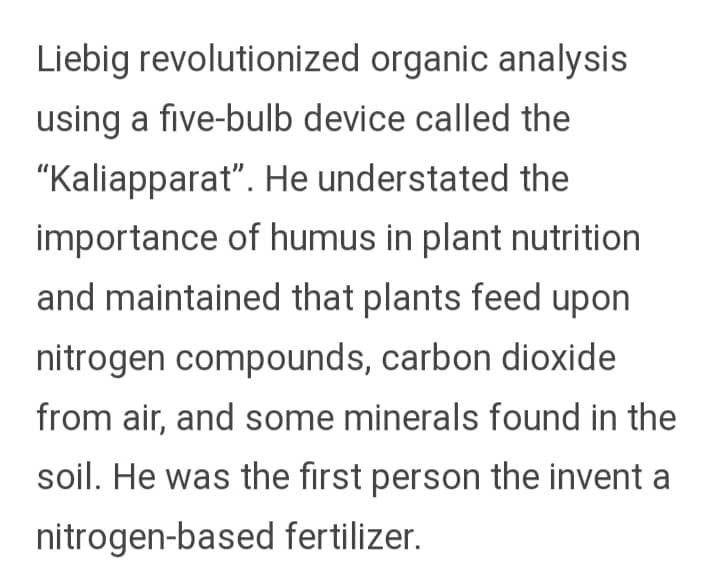
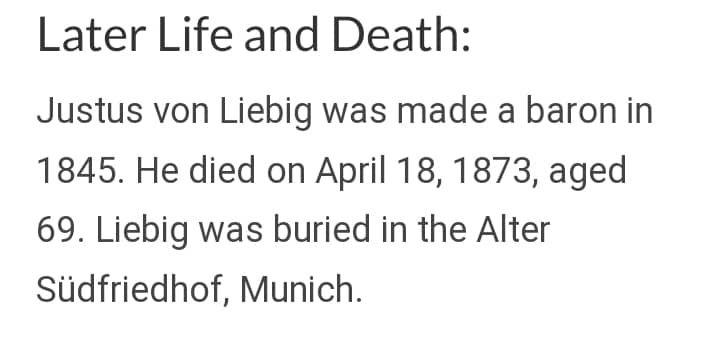
Discovery of Cell-Free Fermentation
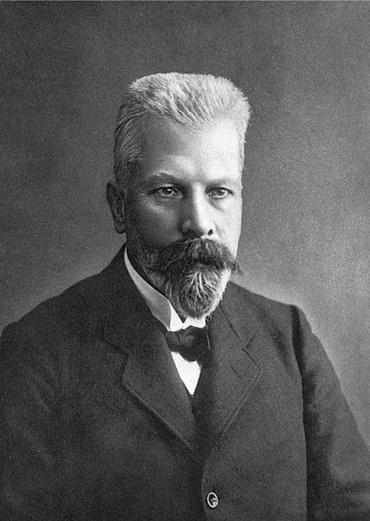
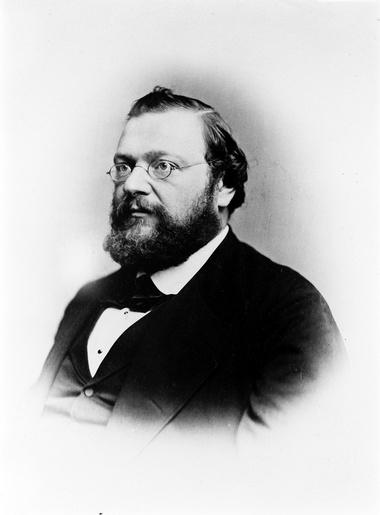
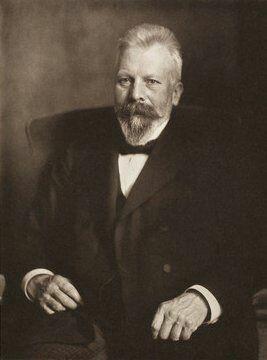
In the 19th Century, Louis Pasteur proved that various yeasts and bacteria were responsible for "ferments", substances that could cause fermentation and, in some cases, disease. Pasteur's ferments were designated as enzymes.
Louis Pasteur
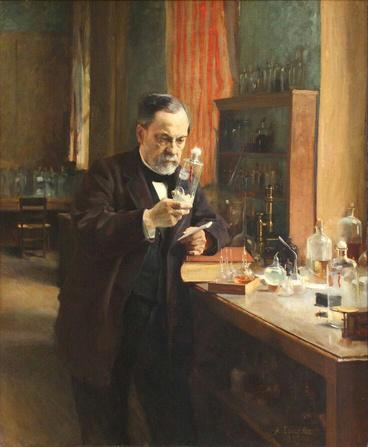

WILHELM KÜHNE In1897,GermanPsychologist,Wilhelm Kühnecoinedthetermenzyme,which comesfromGreekενζυμον"inleaven",to describetheprocess.Thewordenzyme wasusedlatertorefertononliving substancessuchaspepsin,andtheword fermentusedtorefertochemicalactivity producedbylivingorganisms.
In 1897, Eduard Buchner discovered that the cell juice extracted from macerated yeast could ferment sugar to alcohol and carbon dioxide. He ascribed this cell-free fermentation to a soluble enzyme, " zymase " , which he claimed was also the active agent inside the living cell.

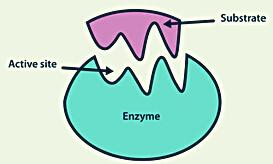
EDUARD BUCHNER
In 1907, he received the Nobel Prize in Chemistry "for his biochemical research and his discovery of cell free fermentation".
*
Father of Modern Biochemistry
-In the early 20th century, particularly in 1903, the term "Biochemistry" was officially coined by the German chemist's Carl Neuberg, from Greek words, bios (life) and chymos (juice).
He presented that enzymes could function outside a living cell.

1
Carl Alexander Neuberg
James B. Sumner
In 1926, he showed that the enzyme urease was a pure protein and crystallized it
John Howard Northrop
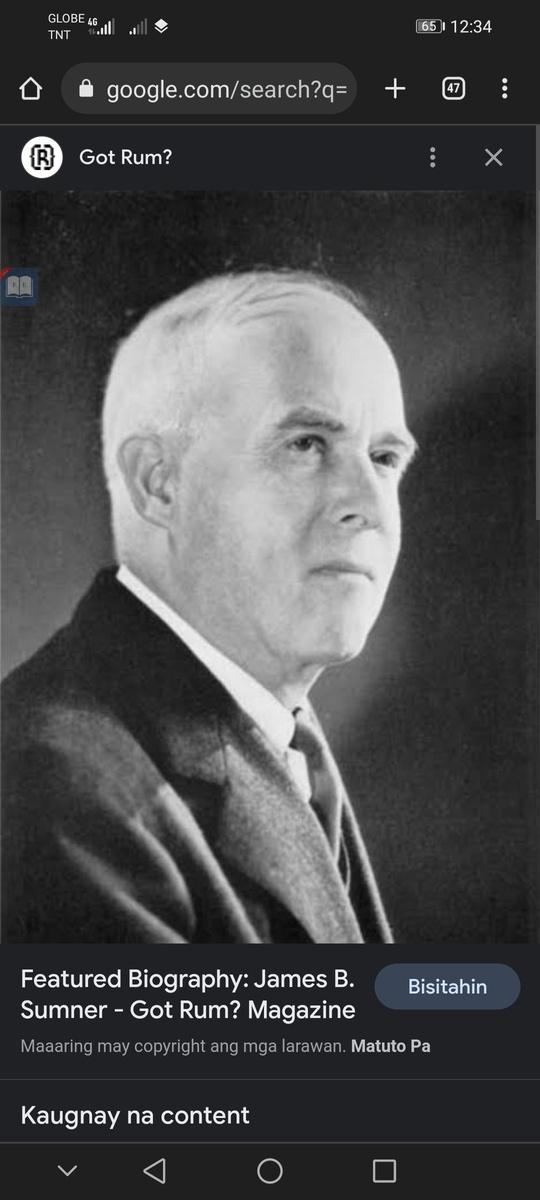
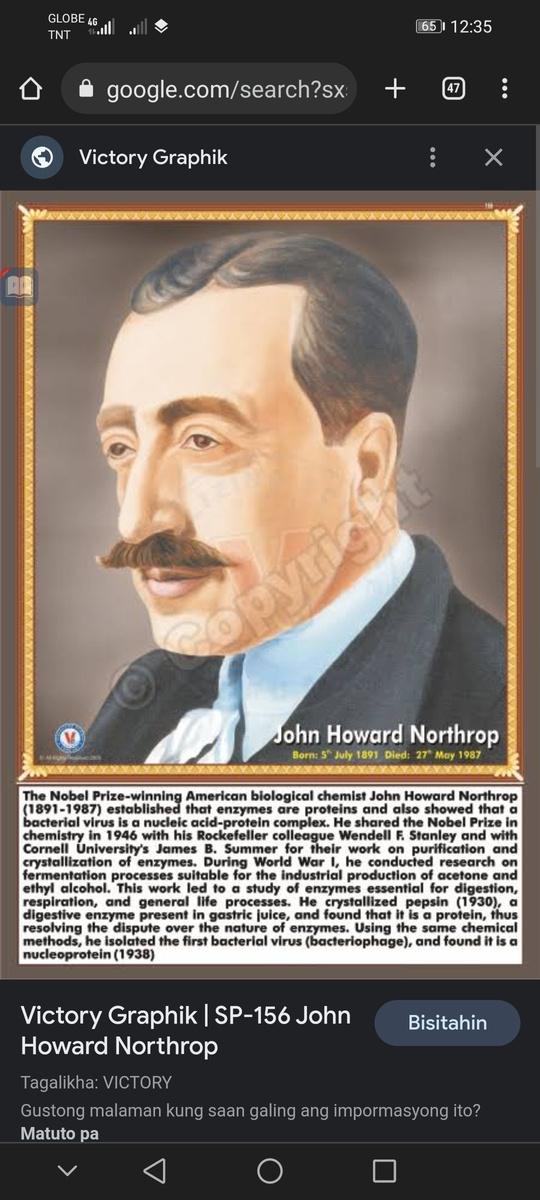
He established that enzymes are proteins and also showed that a bacterial virus is a nucleic acid protein complex.
Wendell M. Stanley
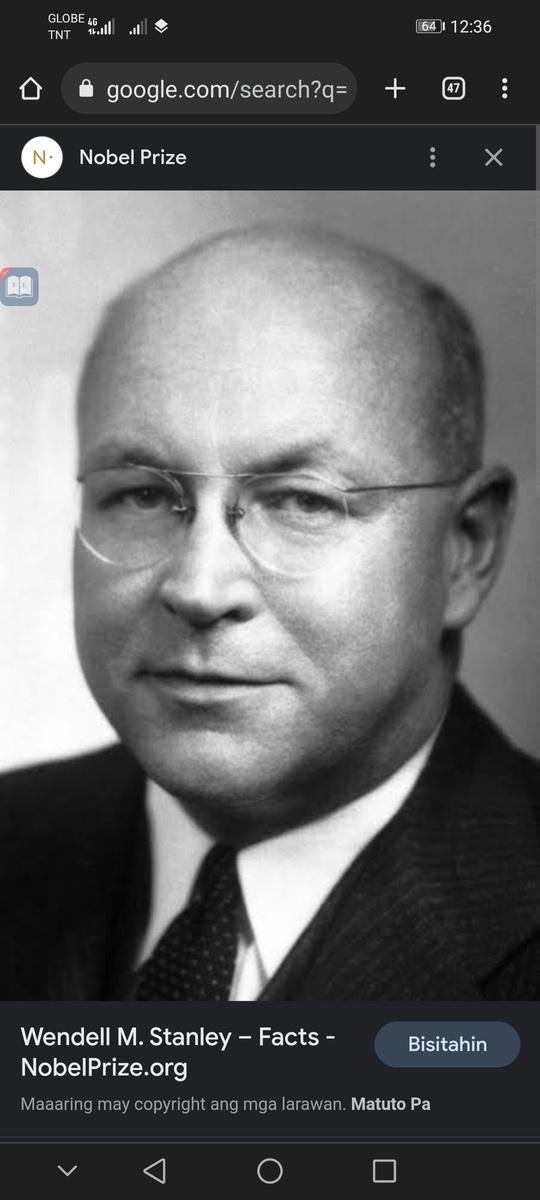
Heworkinthepurificationandcrystallizationof viruses,thusdemonstratingtheirmolecular structure
n of James Sumner that pure nzymes was definitively proved y p d Stanley.
* These three scientists were awarded the 1946 Novel Prize in Chemistry.
2
David Chilton Phillips
He and his group discovered that enzymes could be crystallized eventually allowed their structure to solve by x-ray crystallography. This was first done for lysozyme, an enzyme found in tears, saliva and egg whites that digest the coating of some bacteria.
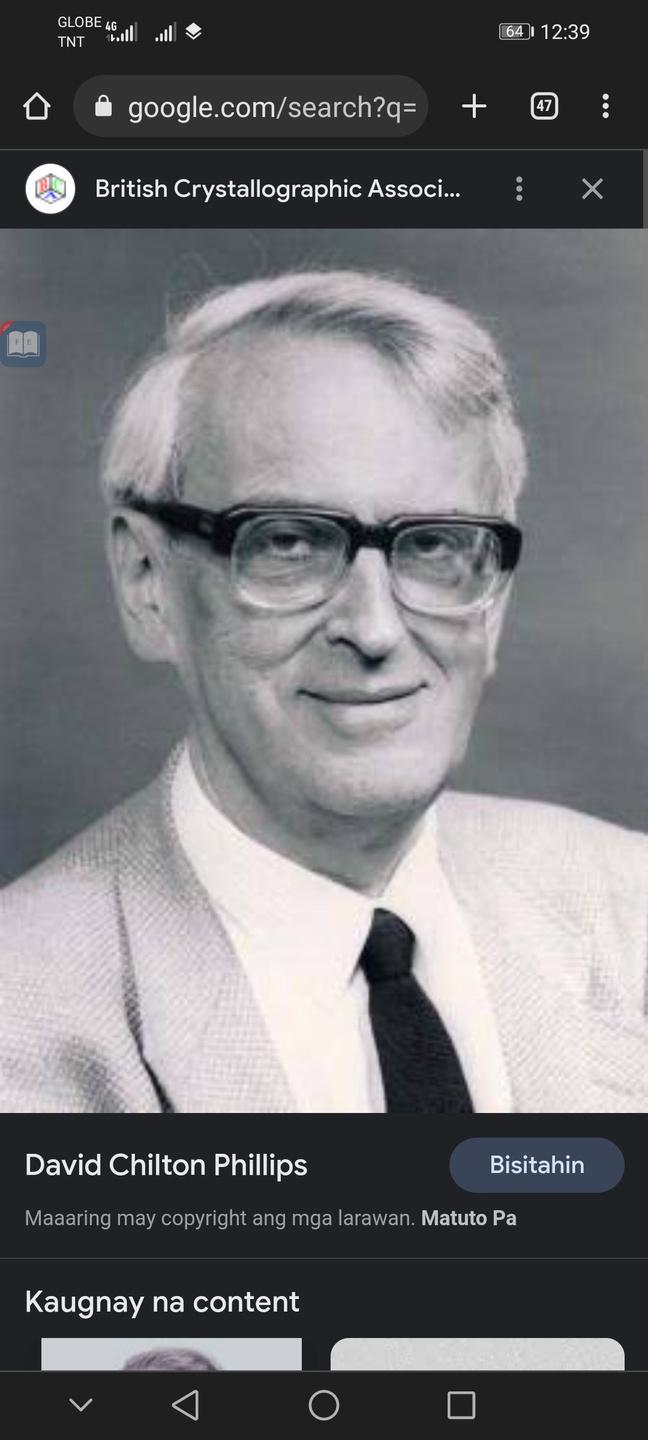
3
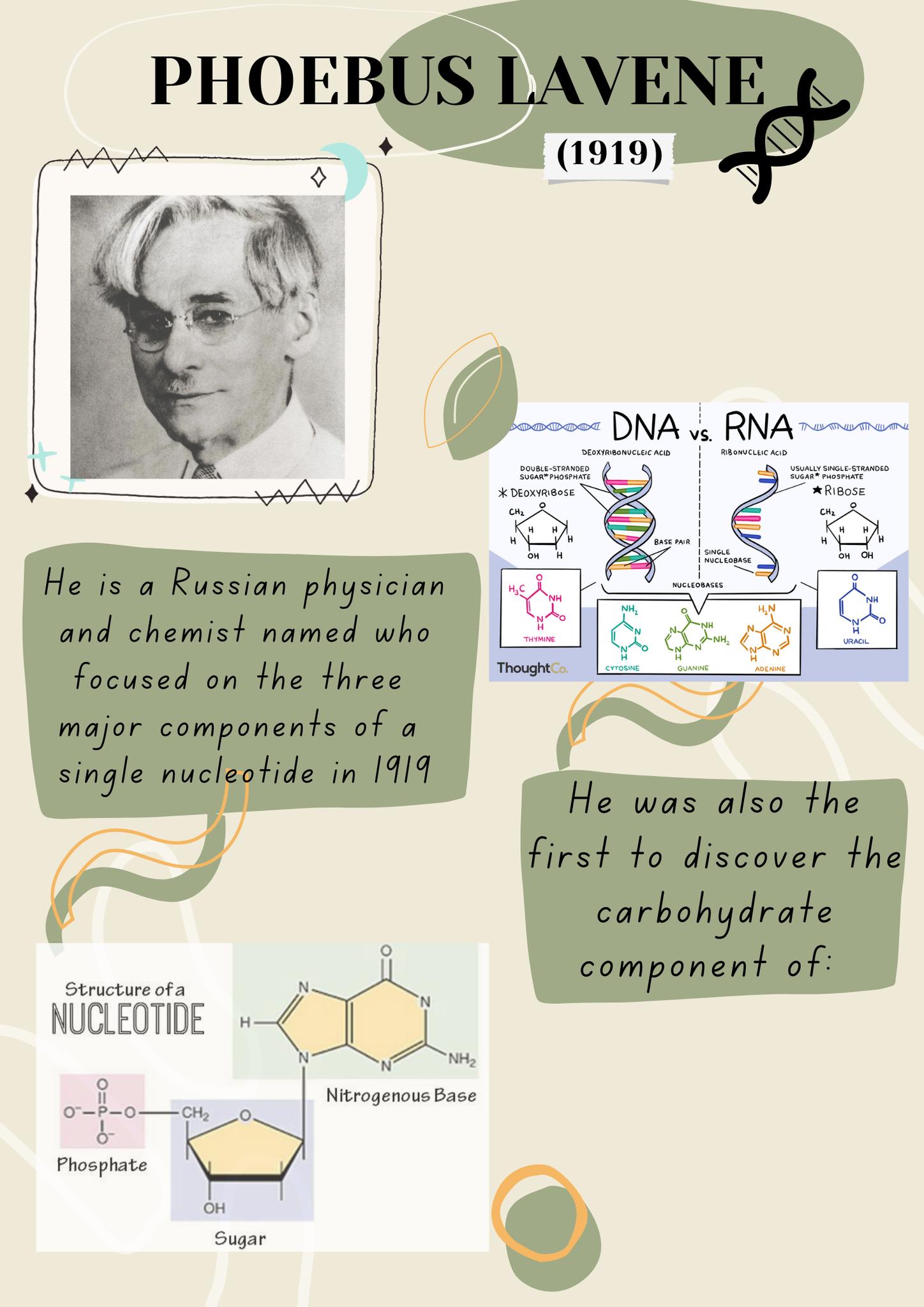
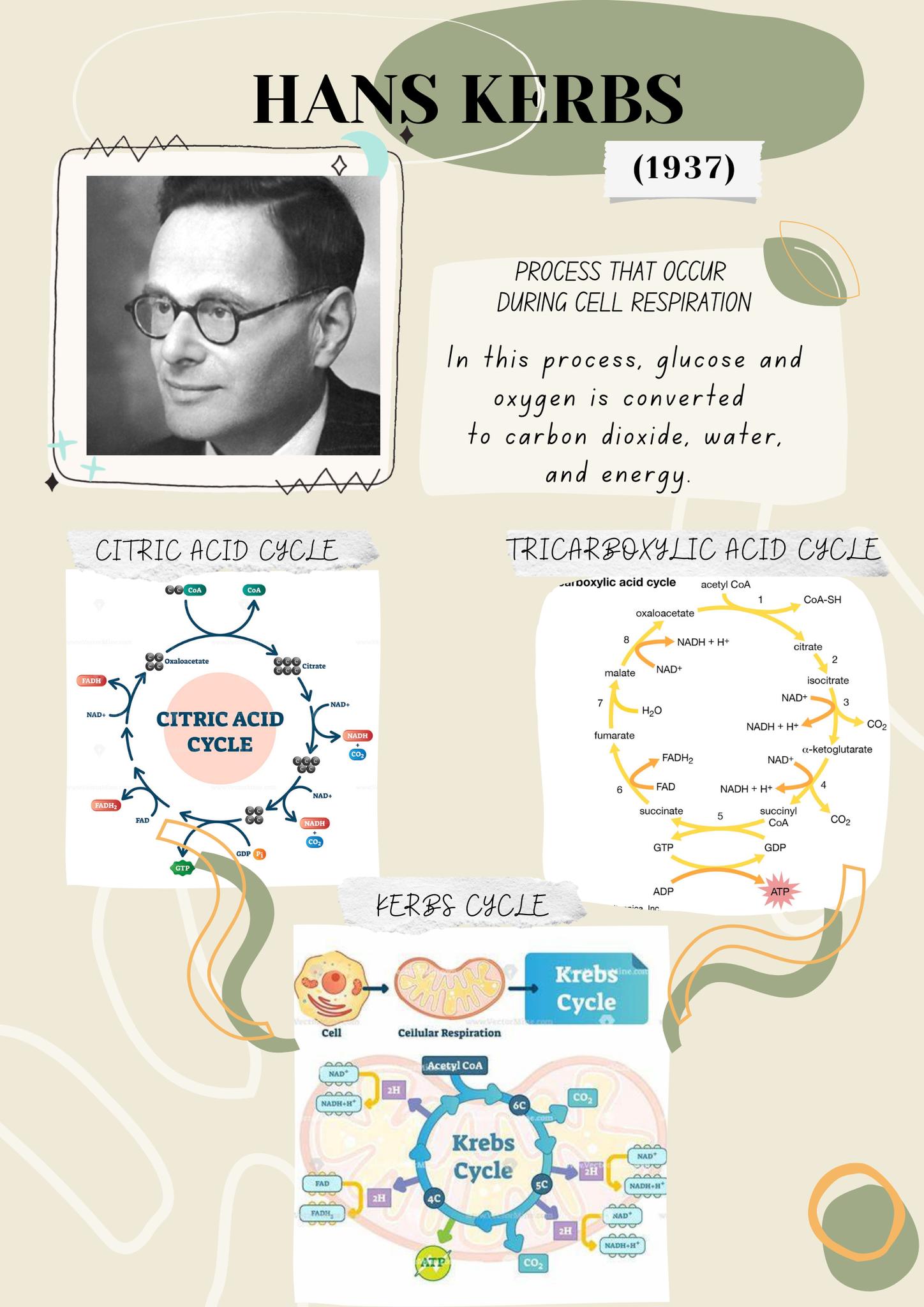
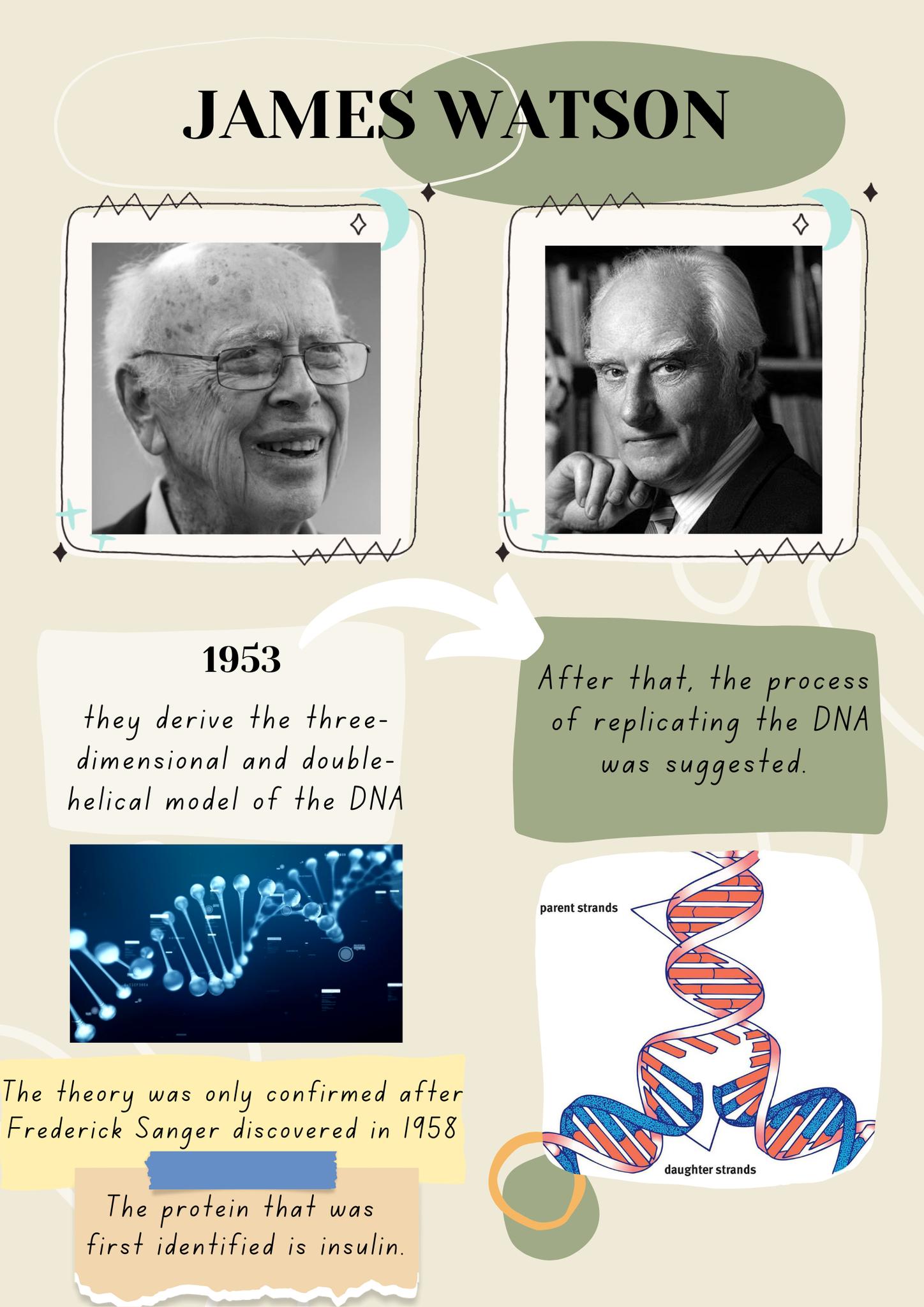
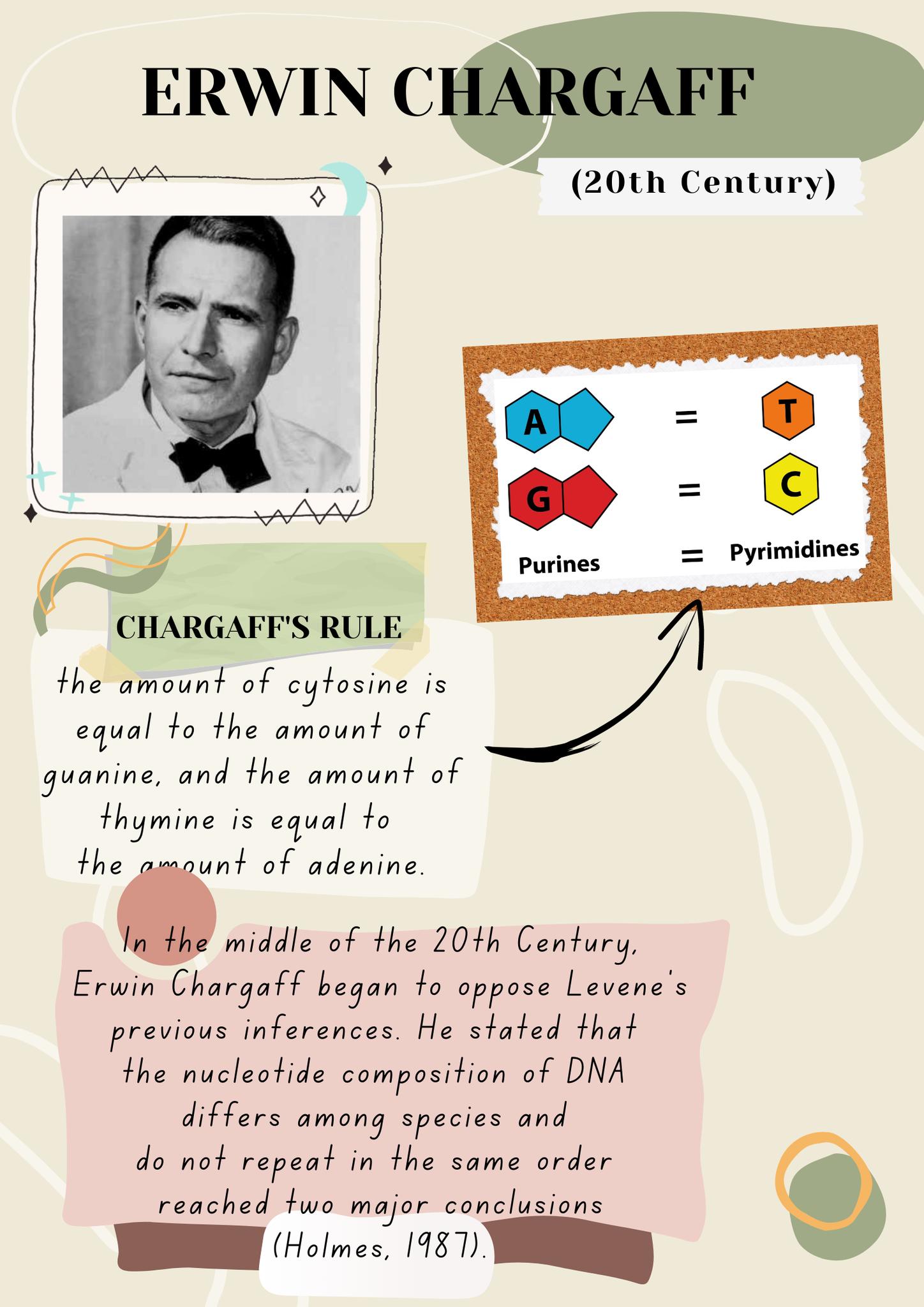
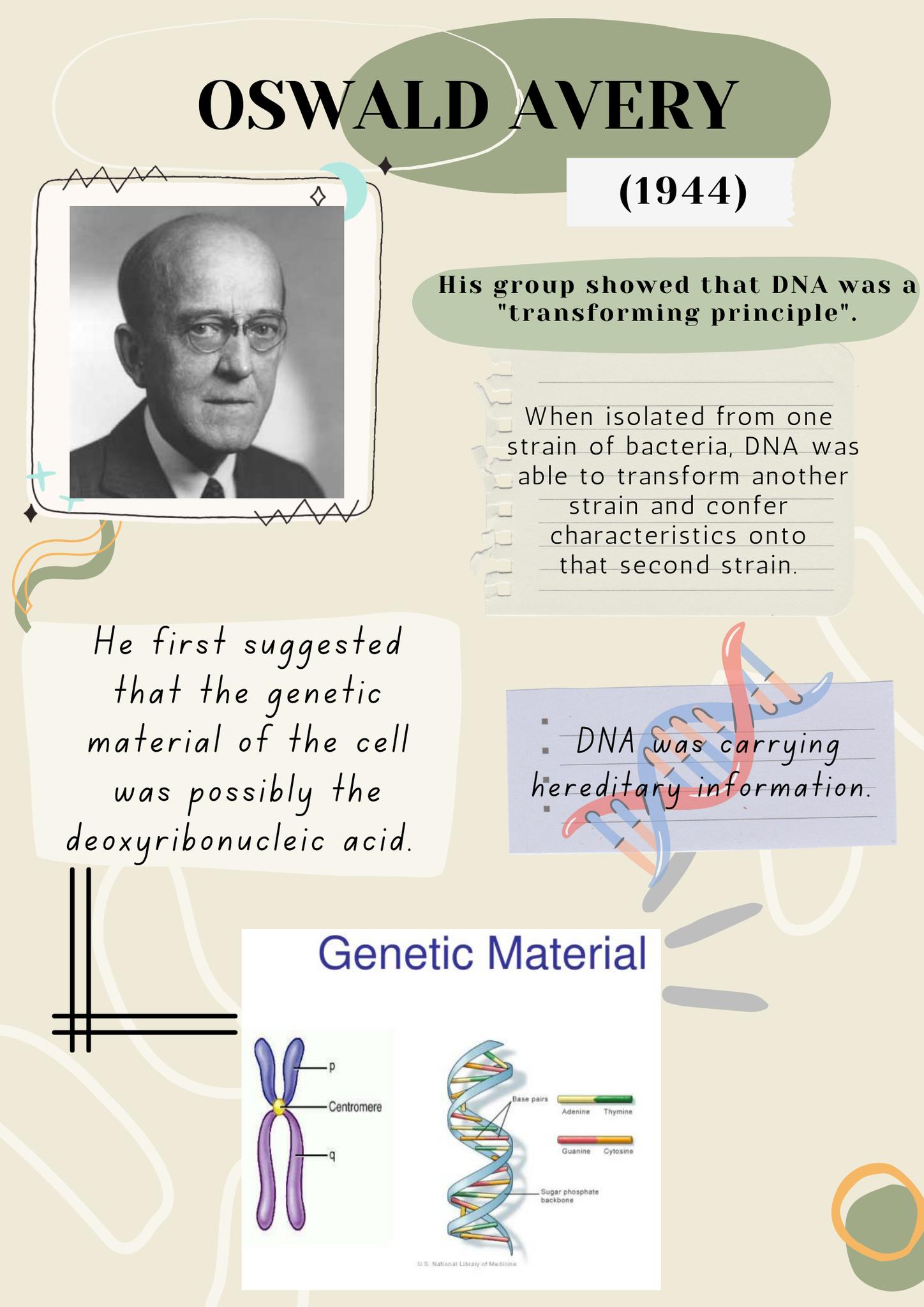
Genetic code
The genetic code is a set of rules defining how the four letter code of DNA is translated into the 20 letter code of amino acids, which are the building blocks of proteins. Afterthediscoveryofthegeneticmaterial,thenextachieved
milestonewasthecrackingof thegeneticcode.Itwasdiscoveredin1961thatthegeneticcodeis madeupofspecifictripletsof DNAbasesthatencodesforparticularaminoacids.
thetripletsoftheDNA,FredSangerhadsuccessfullysequencedthegenomeofabacteriophage whichcontainedmorethan5000nucleotides.Notlongafter,hewasabletosequencetheDNA
presenttime,

Sixteenyearsafter(1977)thediscoveryof
ofthehumanmitochondrialgenomewhichconsistedofmorethan16000nucleotidesInthe
FRED SANGER
Biochemistry has promises to the world of science in development of new path breaking research and coming times would surely prove these promises to be fulfilled.
The development of new technology such as X ray diffraction, chromatography, radioisotopic labelling, electron microscopy and molecular dynamics had paved the way for many other discoveries in the field of Biochemistry. Such technologies will also further open other new endeavors in the future.
